This story excerpt was translated from Spanish. To read the original story in full, visit Revista Nómadas. You may also view the original story on the Rainforest Journalism Fund website. Our website is available in English, Spanish, bahasa Indonesia, French, and Portuguese.
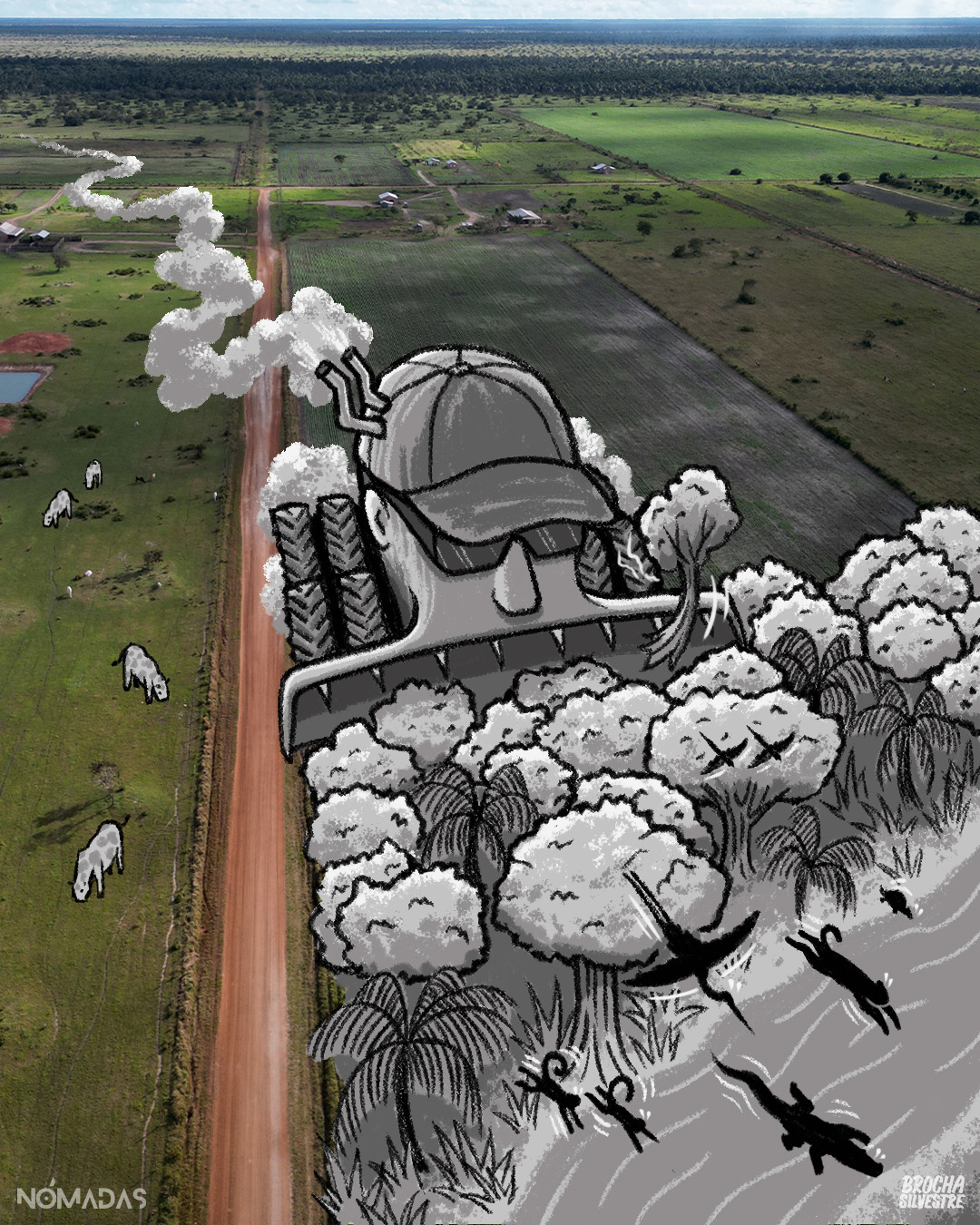
Large-scale deforestation and deforestation caused by encroachment, rampant mining, the ghosts of dams that threaten to be built, forest fires and the advance of an asphalt highway are damaging the health of the Bolivian Amazon.
Bolivia runs out of trees and shadows
Bolivia is devouring its forest with a voracious appetite, and there is no human power or authority stopping this level of destruction. Each day, swathes of forest comparable in size to 1,057 soccer fields are felled. In 2022 alone, the country lost 386,000 hectares (3,860 km2), an increase of 32% compared to 2021, which places Bolivia among the three countries in the world with the greatest loss of its primary tropical forest. Large-scale agricultural clearing, which does not respect riverbeds or the nature of the soil, is perpetrated even in places that are only intended for forestry, knowing that in less than five years it will turn the land into useless and desolate deserts.

As a nonprofit journalism organization, we depend on your support to fund journalism covering underreported issues around the world. Donate any amount today to become a Pulitzer Center Champion and receive exclusive benefits!
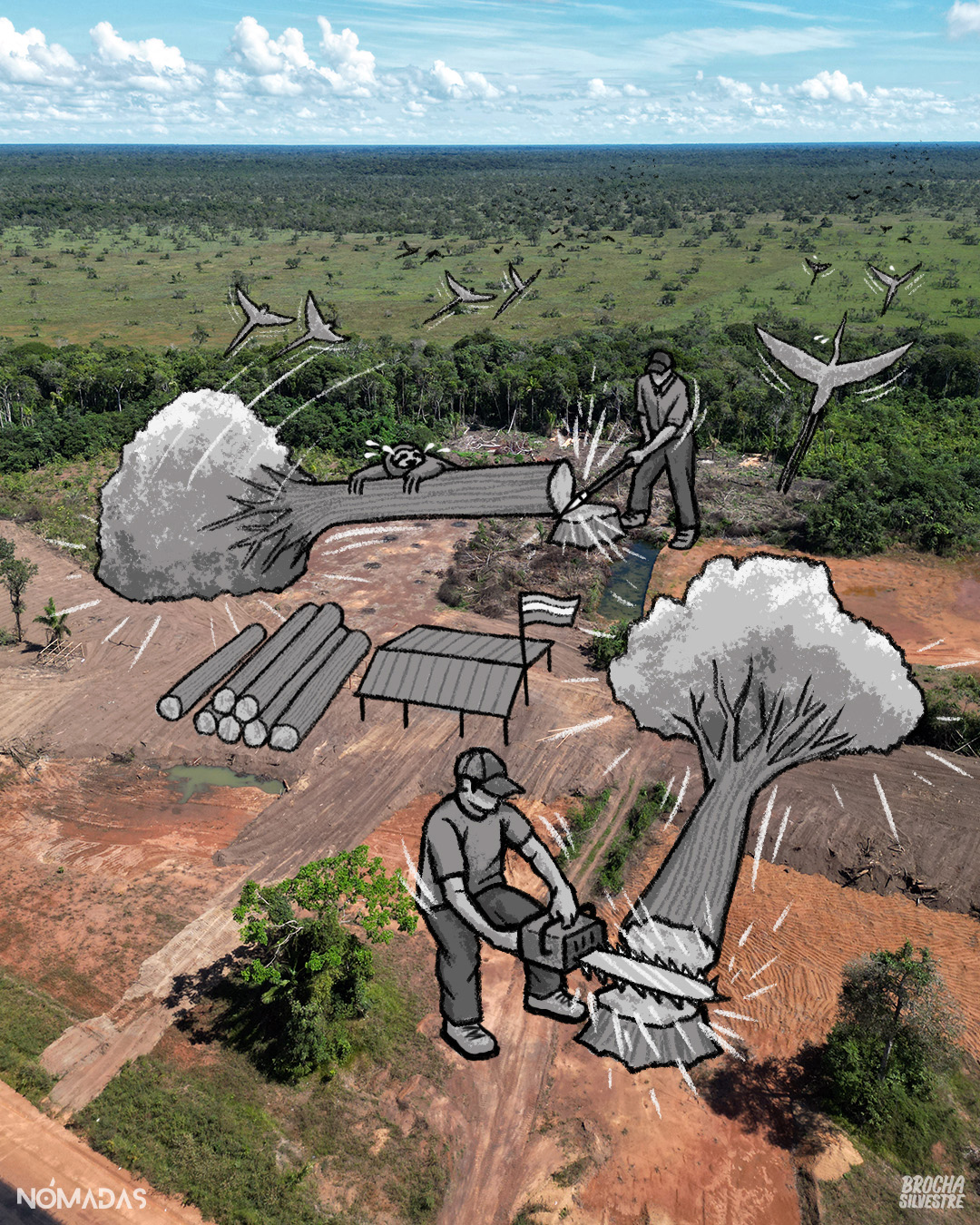
Land grabs also put a dagger into nature
The deforestation in Bolivia is also a product of the encroachment of settlers who call themselves "landless" and take pieces of nature, even in protected areas, to take them above the laws and regulations that only exist on paper. They come in large groups and enter silently or by force, in places that—many times—are unavailable public lands. But removing the settlers is almost impossible. The authorities designated by the law—generally—do not lift a finger or use the legal tools necessary to enforce respect for Bolivia's forests.
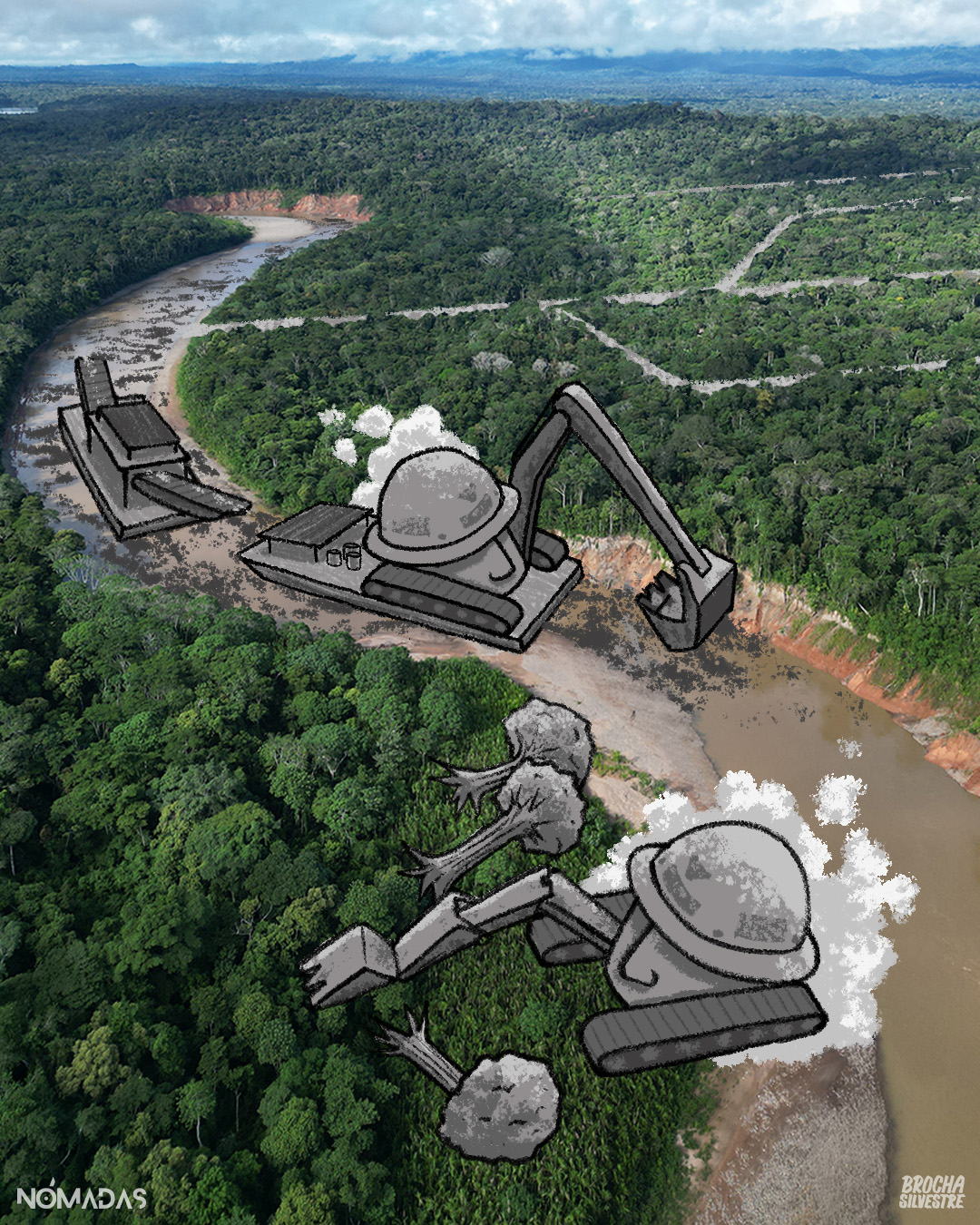
Mining poison circulates in the rivers and veins of innocents
Illegal mining is making its way through Bolivia's Amazonian rivers. It advances with its reckless dredges and with its army of men who respect neither protected areas, nor the homes of Indigenous communities, nor that of wild animals. They form states within the State, where they give themselves license to set up their camps and free rein to their natural resource extractivist machinery. The capitals of these destructive businesses have already injected mercury into the water currents and into the bodies of the ancestral inhabitants who feed on the poisoned fish.
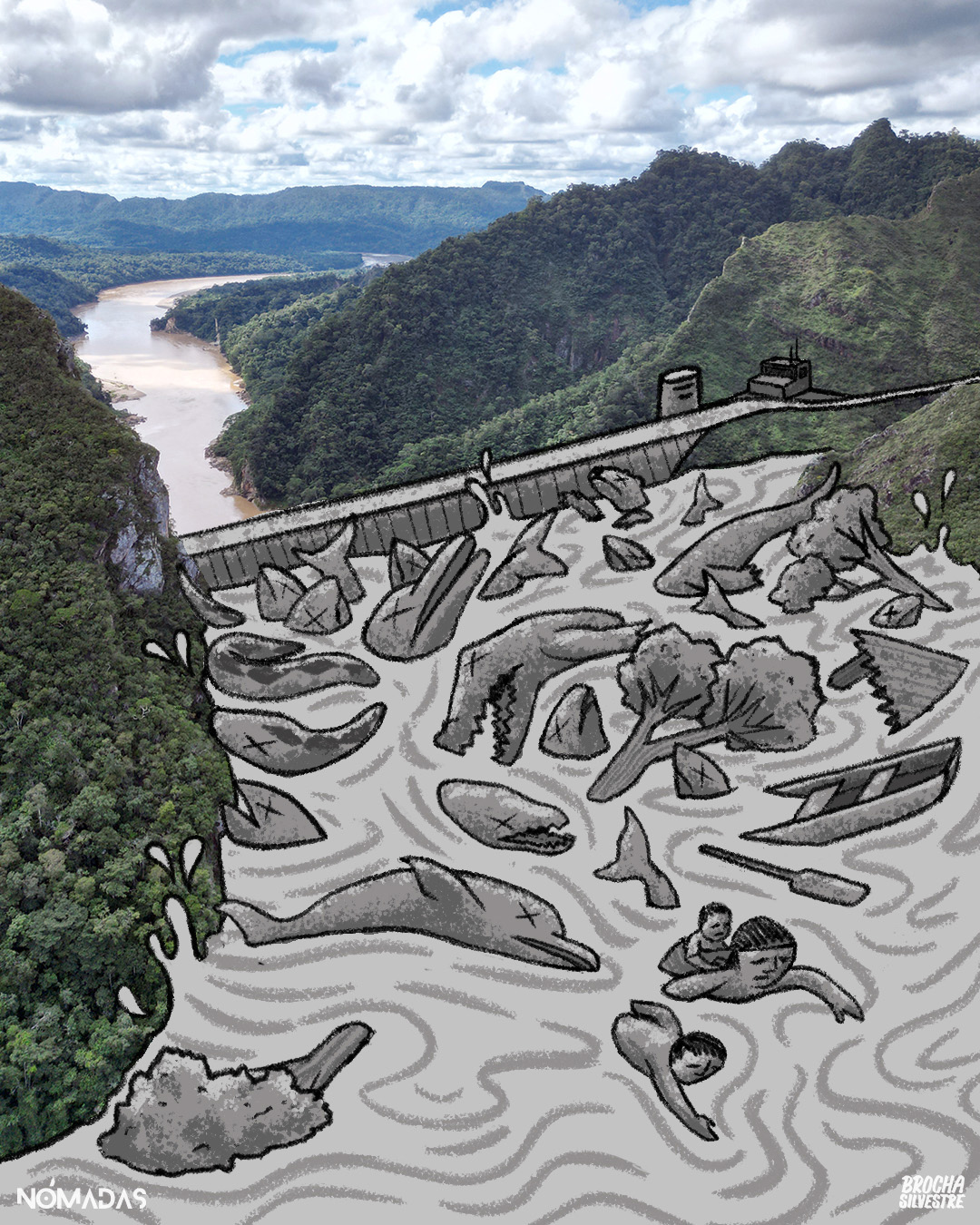
Dams and the Pantheon of Wildlife
The threat of building two mega-dams on the Beni River hangs like a sword over the northern Amazonian body of Bolivia. If both projects are realized, environmental experts estimate that both dams will flood 773 km2 of vegetation, an extension that exceeds five times the urban area of the city of La Paz. But that will not be all: They will also affect the Madidi National Park and Pilón Lajas. Several Indigenous communities will be left without territory, the beaches where many bird species nest will disappear, fish reproduction will be affected, and an unimaginable number of animals will die due to the effects of flooding and abrupt changes in the ecosystem.
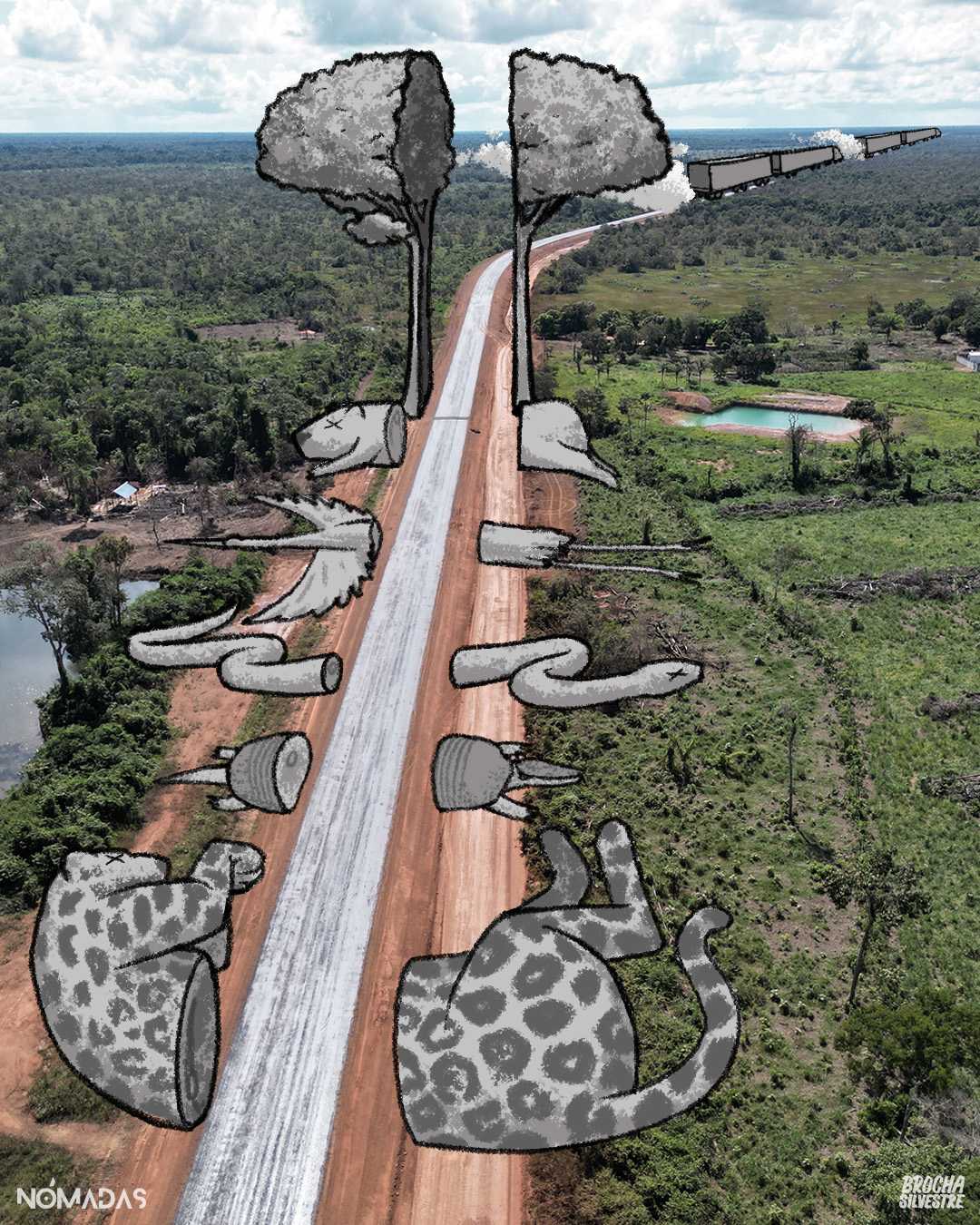
The crosses left by the road
The body of a snake lies motionless on the road. Surely it was trying to cross to the other side of the road under construction between Rurrenabaque and Riberalta (Beni-Bolivia). Or maybe it was catching the last of the afternoon sun, which at that hour sets stingily into the forest. But the vehicular traffic that circulates here, without competent signaling, killed it as they also did capybaras and badgers and even some slow-flying birds that come down to seek water in the last wetlands that the asphalt has cut like a sharp knife.
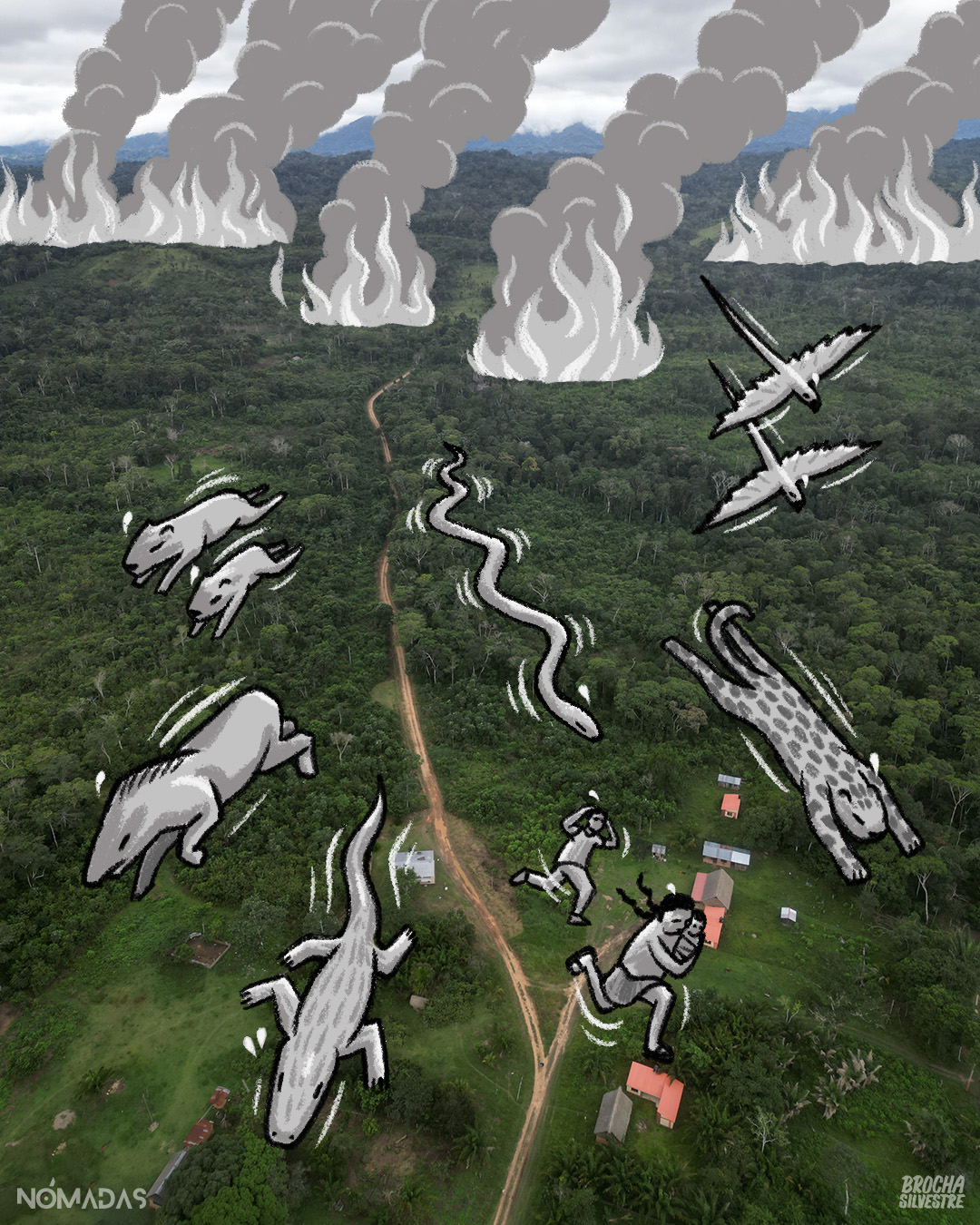
Green lungs in flames
During the months of fires in the Bolivian Amazon, which are spreading longer and longer every year, it is not only the trees that fall to the ground. Humans who have inhabited the jungle since time immemorial also escape. While running for their lives, the Indigenous people encounter animals turned into specters, wrapped in flames, running from one grave to another. They see ferrets and scavenging pigs, snakes, felines, and flocks of birds flying blindly among the fiery jaws that each year eat between three and six million hectares of tropical forests, pampas, and marshlands that burn like medieval torches.




